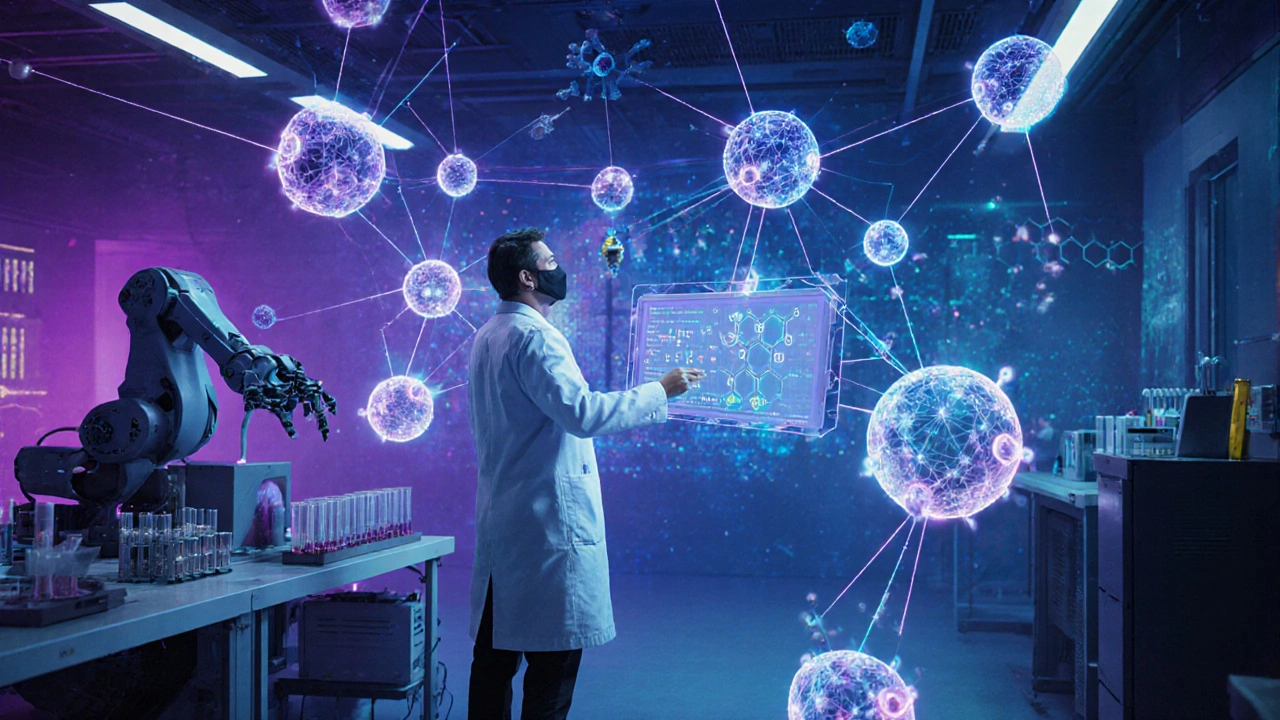AI Drug Development: How Artificial Intelligence Is Changing Medicine
When it comes to AI drug development, the use of artificial intelligence to find, design, and test new medicines. Also known as AI-powered pharmaceutical research, it’s turning decades-long drug discovery processes into tasks that can be done in months. Traditional methods of finding a new drug involve testing thousands of chemical compounds, one by one, over 10 to 15 years. That’s expensive, slow, and often ends in failure. But now, AI models can scan millions of molecules in hours, predict which ones will work, and even design new ones from scratch.
This isn’t science fiction. Companies are already using machine learning, algorithms that learn patterns from massive datasets to make predictions. Also known as predictive modeling, it helps identify which molecules are most likely to bind to a disease target. Tools like AlphaFold from DeepMind can predict how proteins fold—a critical step in understanding how drugs interact with the body. And AI in pharmaceuticals, the application of AI to streamline drug research and clinical trials. Also known as digital drug discovery, it’s cutting costs by up to 70% in early stages. Big pharma isn’t just watching—they’re hiring AI specialists, buying startups, and rewriting their R&D pipelines.
It’s not just about speed. AI helps find treatments for rare diseases that were ignored before because they didn’t seem profitable. It spots side effects earlier, reduces animal testing, and even suggests new uses for old drugs. You’ll find posts here that break down exactly how this works: which tools are being used, what kind of data trains these models, and how real companies are bringing AI-made drugs to patients today.
Some of the posts below show you step-by-step how AI picks the right molecule. Others walk through how clinical trials are being redesigned with smarter patient selection. There’s no fluff—just clear examples of what’s working, what’s still risky, and how you can follow along even if you’re not a scientist.

